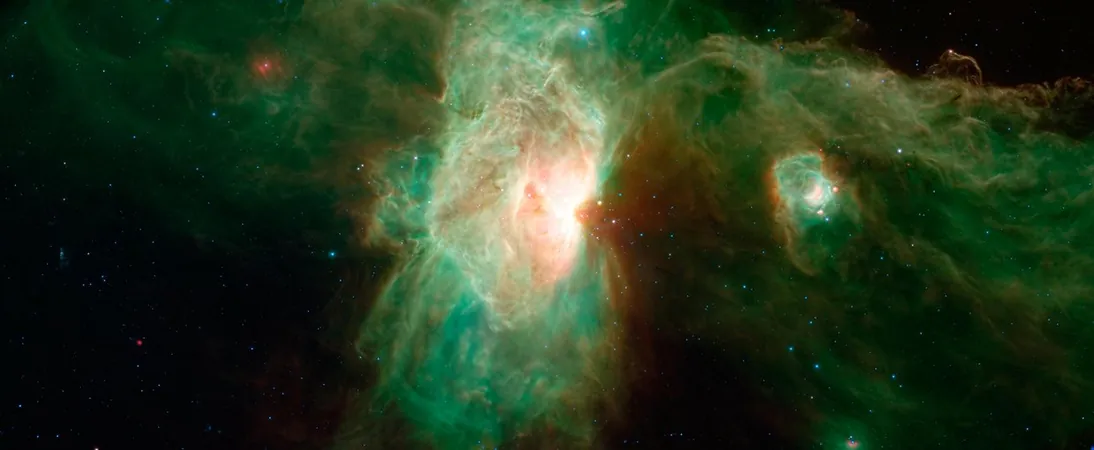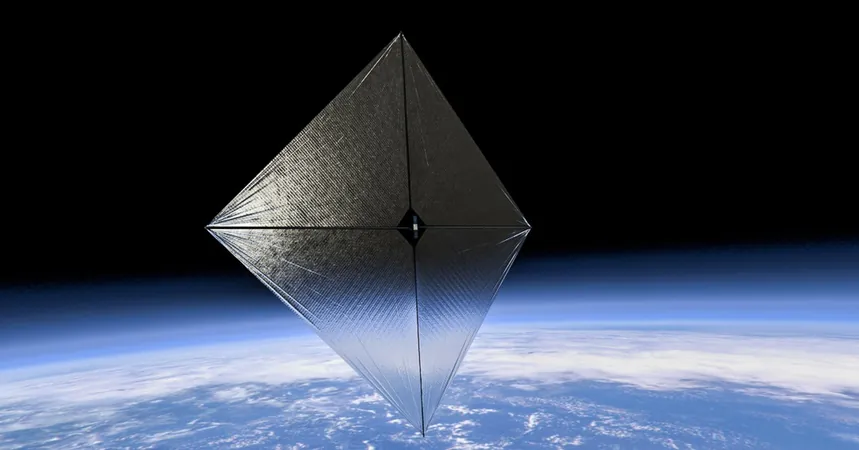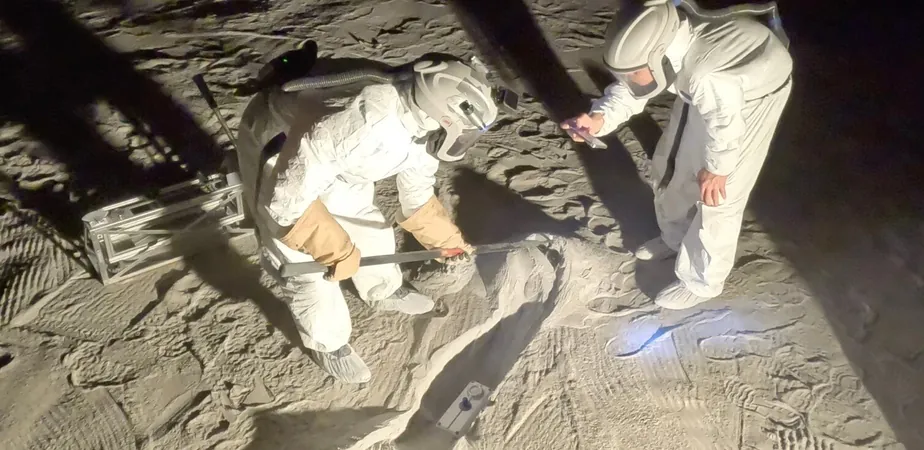
How Interstellar Clouds May Have Influenced Earth’s Climate and Triggered Ice Ages
2024-09-23
Introduction
When we think of the cosmos, we often picture vast, empty spaces. However, Earth’s journey through interstellar clouds has profound implications for our climate. Recent research suggests that our planet, along with the entire Solar System, may have passed through dense interstellar clouds, potentially leading to significant climatic shifts, including ice ages.
Significant Findings
A groundbreaking study led by a team of astronomers from Boston University, headed by Jess A. Miller, has revealed that two major crossings of interstellar clouds occurred approximately 2 million and 7 million years ago. During these events, the dense clouds compressed the solar wind, which significantly altered Earth's atmosphere. This phenomenon may have played a crucial role in triggering periods of global cooling, ultimately resulting in ice ages.
What Are Interstellar Clouds?
Interstellar clouds are massive areas of gas and dust floating in space, primarily composed of hydrogen, along with helium and trace elements. These clouds are instrumental in the stellar life cycle, providing materials for star formation and enriching the universe with elements created in dying stars. Their varying sizes and densities are essential for the ongoing evolution of our galaxy.
Earth's Orbit and Cosmic Interactions
As Earth orbits the Milky Way—a journey taking about 250 million years at speeds of approximately 828,000 kilometers per hour—it passes through different regions of the interstellar medium. Along its path in the Orion Arm, Earth encounters stars and varying densities of gas and dust. These interactions can subtly influence the planet’s atmosphere and climate over time.
Impact on Earth's Atmosphere and Climate
The study's findings suggest that during its encounters with dense interstellar clouds, levels of hydrogen in the upper atmosphere surged, which would have been converted to water molecules below. Additionally, these clouds could have resulted in a decrease in ozone levels in the mesosphere, leading to the formation of noctilucent clouds. Interestingly, these noctilucent clouds may have blocked about 7% of sunlight from reaching the Earth, contributing to a significant drop in global temperatures and initiating an ice age.
Conclusion
This research not only sheds light on Earth's climatic past but also illustrates the intricate connections between cosmic events and terrestrial conditions. Understanding these dynamics is critical as we examine the potential impacts of current and future climate changes. The continuing study of interstellar clouds could unveil even more mysteries about how our planet interacts with the cosmos—and what that means for Earth's future.





 Brasil (PT)
Brasil (PT)
 Canada (EN)
Canada (EN)
 Chile (ES)
Chile (ES)
 España (ES)
España (ES)
 France (FR)
France (FR)
 Hong Kong (EN)
Hong Kong (EN)
 Italia (IT)
Italia (IT)
 日本 (JA)
日本 (JA)
 Magyarország (HU)
Magyarország (HU)
 Norge (NO)
Norge (NO)
 Polska (PL)
Polska (PL)
 Schweiz (DE)
Schweiz (DE)
 Singapore (EN)
Singapore (EN)
 Sverige (SV)
Sverige (SV)
 Suomi (FI)
Suomi (FI)
 Türkiye (TR)
Türkiye (TR)